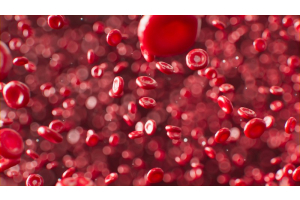Stem cells as a new drug delivery tool for childhood brain cancer?
Last updated: 01 November 2019
You can legally access new medicines, even if they are not approved in your country.
Learn more »Researchers have shown the ability to shrink tumors in laboratory models of medulloblastoma and extend life through using stem cells.
The latest in a series of laboratory breakthroughs could lead to a more effective way to treat the most common brain cancer in children. Scientists from the University of North Carolina Lineberger Comprehensive Cancer Center and UNC Eshelman School of Pharmacy reported results from early studies that demonstrate how cancer-hunting stem cells, developed from skin cells, can track down and deliver a drug to destroy medulloblastoma cells hiding after surgery.
"Children with medulloblastoma receive chemotherapy and radiation, which can be very toxic to the developing brain," said Hingtgen, a member of UNC Lineberger. "If we could use this strategy to eliminate or reduce the amount of chemotherapy or radiation that patients receive, there could be quality-of-life benefits."
The ability to use a patient's own cells to directly target the tumor would be "the holy grail" of therapy, according to Scott Elton, chief of the UNC School of Medicine Division of Pediatric Neurosurgery and co-author on the study. These findings could also hold promise for other rare, and sometimes fatal, brain cancer types that occur in children as well. "This is a great avenue of exploration, particularly for the 30 percent of children who struggle or don't make it with standard therapy."
Read more on Science Daily.






